MARIHUANA TAX ACT OF 1937
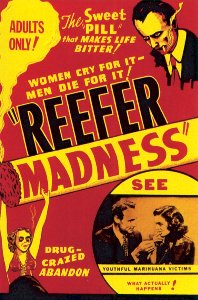 I suppose it is fitting to see if there are any Cannabis bottles after the recent posts on Peachridge Glass on Cocaine, Heroin and Opium. With my United States postage stamp background, it is exciting for me to look back and be reminded of the 1937 Marihuana Tax Act (note spelling of marijuana with an “h”).
I suppose it is fitting to see if there are any Cannabis bottles after the recent posts on Peachridge Glass on Cocaine, Heroin and Opium. With my United States postage stamp background, it is exciting for me to look back and be reminded of the 1937 Marihuana Tax Act (note spelling of marijuana with an “h”).
Many of us might remember seeing the movie Reefer Madness which is somewhat of a cult movie. I remember some teachers actually showing this movie to us in high school. Amazing how times change and in some ways they are still the same.
Reefer Madness (originally released as Tell Your Children and sometimes titled as The Burning Question, Dope Addict, Doped Youth and Love Madness) is a 1936 American propaganda exploitation film revolving around the melodramatic events that ensue when high school students are lured by pushers to try marijuana – from a hit and run accident, to manslaughter, suicide, attempted rape, and descent into madness. The film was directed by Louis Gasnier and starred a cast composed of mostly unknown bit actors.
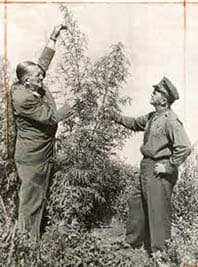 Originally financed by a church group under the title Tell Your Children, the film was intended to be shown to parents as a morality tale attempting to teach them about the dangers of cannabis use. However, soon after the film was shot, it was purchased by producer Dwain Esper, who re-cut the film for distribution on the exploitation film circuit. The film did not gain an audience until it was rediscovered in the 1970s and gained new life as a piece of unintentional comedy among advocates of cannabis policy reform. Today, it is in the public domain in the United States and is considered a cult film. [Wikipedia]
Originally financed by a church group under the title Tell Your Children, the film was intended to be shown to parents as a morality tale attempting to teach them about the dangers of cannabis use. However, soon after the film was shot, it was purchased by producer Dwain Esper, who re-cut the film for distribution on the exploitation film circuit. The film did not gain an audience until it was rediscovered in the 1970s and gained new life as a piece of unintentional comedy among advocates of cannabis policy reform. Today, it is in the public domain in the United States and is considered a cult film. [Wikipedia]
Hemp has been grown for at least the last 12,000 years for fiber (textiles and paper) and food. For 3,000 Years prior to 1842, marijuana and hashish extracts were the most widely-used medicines in the world. Benjamin Franklin even started one of America’s first paper mills with cannabis, allowing a colonial free press from English control. Marijuana has been effectively prohibited in the United States since the 1950s.
The use of cannabis or marijuana for recreational use was not evident in the United States until the first decade of this century. It appeared first on the Mexican borders, when marihuana cigarettes were brought in by migrant labourers. Cannabis had been in use in South America and the Caribbean for many years by then. With the onset of alcohol Prohibition, its popularity burgeoned and by the 1930s there were many hundreds of hash bars in New York alone.
Visit: Hash, Marijuana & Hemp Museum – Amsterdam
Read More: If you wanna hang out you’ve got to take her out – Cocaine
Read More: Heroin – Purest and Best
Read More: To Smoke Opium is to get out of the Train (while it is still moving)
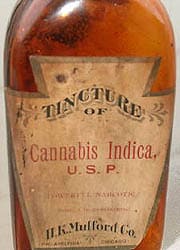 The Marihuana Tax Act of 1937 was a United States Act that placed a tax on the sale of cannabis. The Act is now commonly referred to using the modern spelling as the 1937 Marijuana Tax Act. The Act levied a tax equaling roughly one dollar on anyone who dealt commercially in cannabis, hemp, or marijuana. The Act did not itself criminalize the possession or usage of hemp, marijuana, or cannabis, but it included penalty and enforcement provisions to which marijuana, cannabis, or hemp handlers were subject. Violation of these procedures could result in a fine of up to $2,000 and up to five years’ imprisonment. Read the Full Text of the Act
The Marihuana Tax Act of 1937 was a United States Act that placed a tax on the sale of cannabis. The Act is now commonly referred to using the modern spelling as the 1937 Marijuana Tax Act. The Act levied a tax equaling roughly one dollar on anyone who dealt commercially in cannabis, hemp, or marijuana. The Act did not itself criminalize the possession or usage of hemp, marijuana, or cannabis, but it included penalty and enforcement provisions to which marijuana, cannabis, or hemp handlers were subject. Violation of these procedures could result in a fine of up to $2,000 and up to five years’ imprisonment. Read the Full Text of the Act
G A L L E R Y
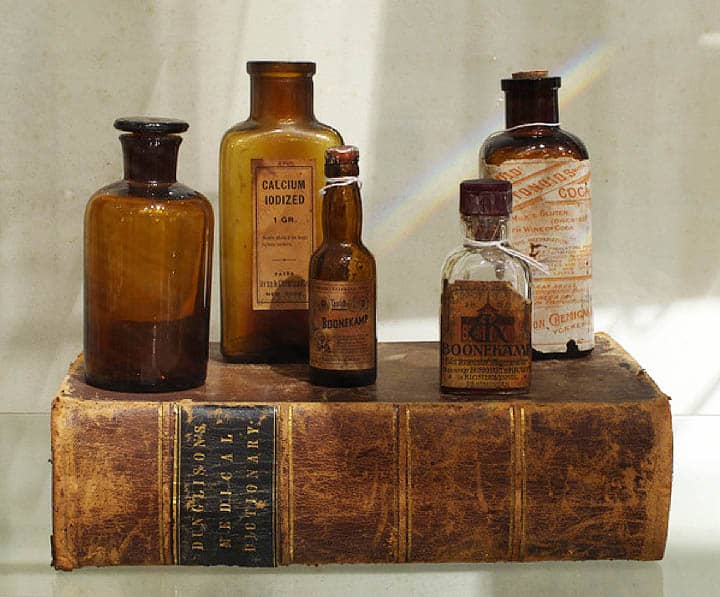
Dunglison’s Medical Dictionary with medicine bottles – The Hash Marihuana & Hemp Museum – Amsterdam
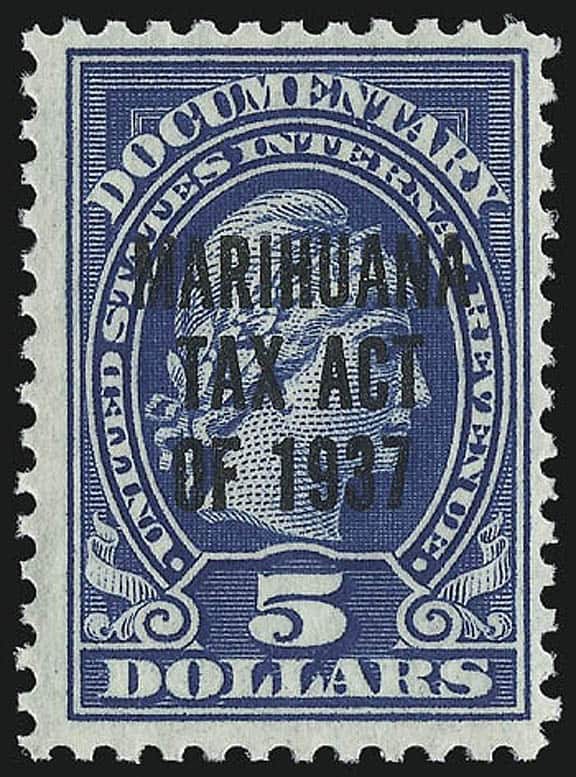
$5 Dollars “Marihuana Tax Act of 1937” Overprint from the Smithsonian National Postal Museum deaccession

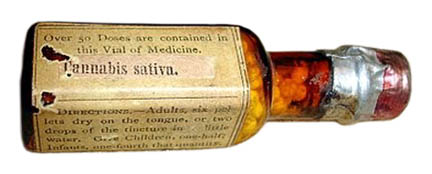
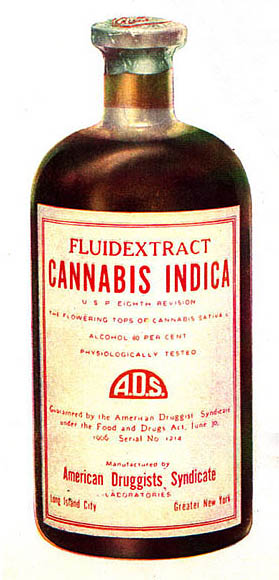
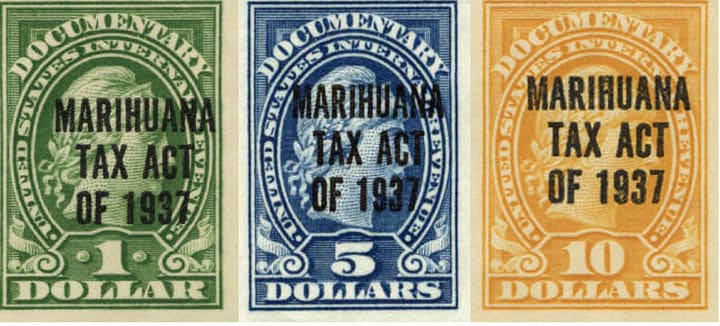
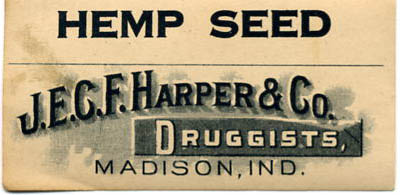
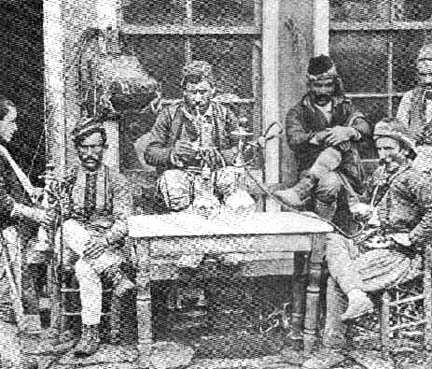
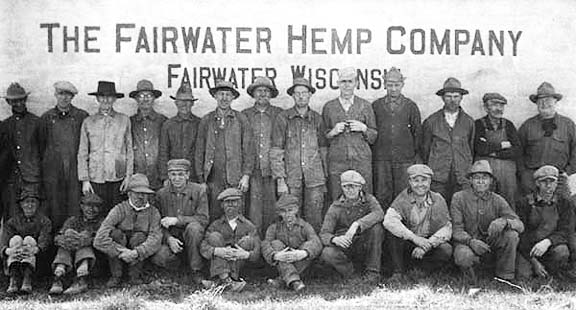

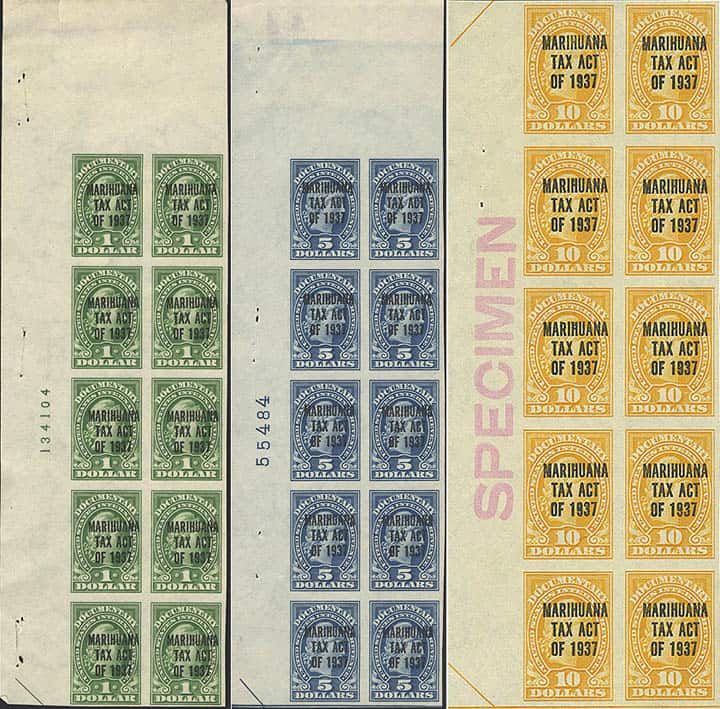
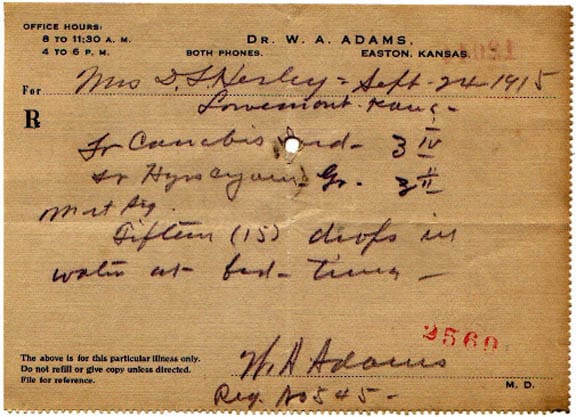
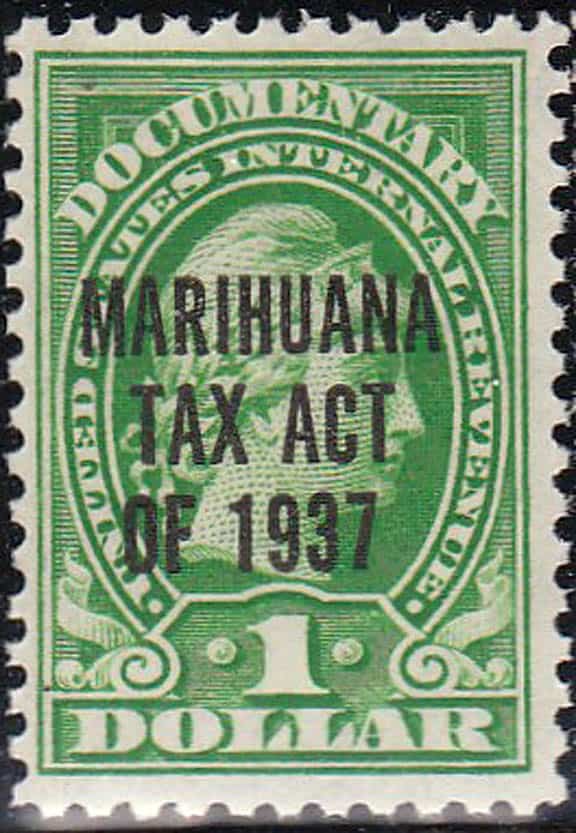
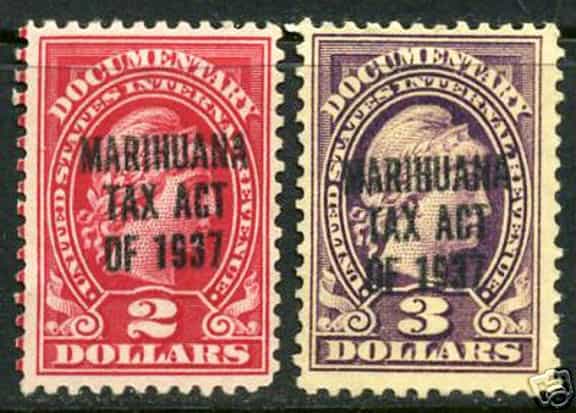
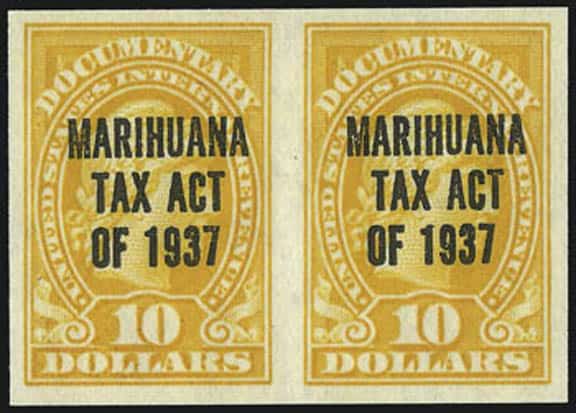
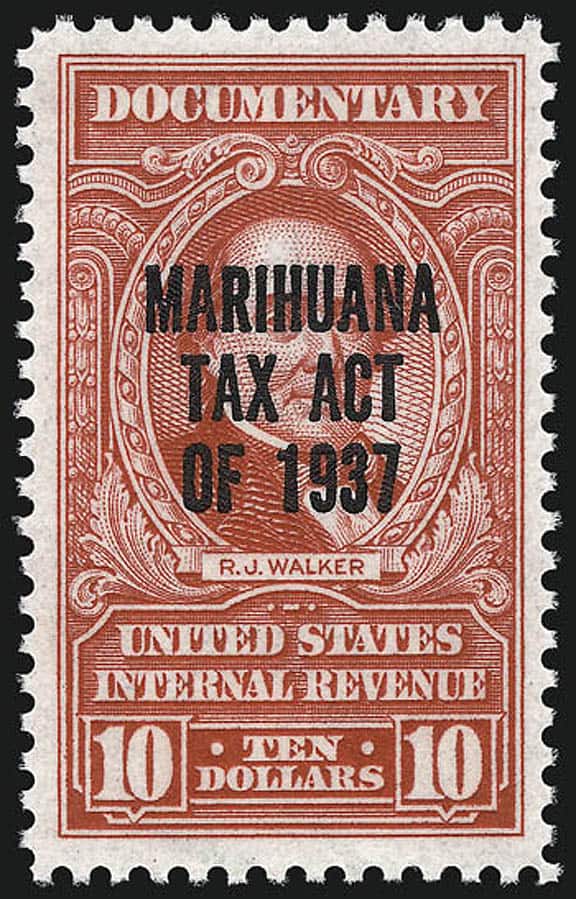






Similar historical issues up here in Canada. Back in the 1980s, I had a conversation with a man who was a pharmacist from the early 1900s through to the 1950s. He noted that the number of marijuana prescriptions went up during Ontario, Canada’s experiment with alcohol prohibition from 1916 to 1927 (and so did 26-ounce prescriptions, as he called them). He was a pretty open guy about substances, and further noted that recreational marijuana smoking enjoyed a clandestine popularity starting in the 1950s, but by that time the supply chain was well out of the hands of pharmacists. A high school English teacher once showed a class of mine the film Reefer Madness. The class’s topical theme was in the vein of understanding emotions as a guiding force in life, on both personal and societal levels, and he used paranoia about marijuana use as a means to elucidate upon the topic. The teacher did all of this without judgement of us as teens. The lessons grew in meaning as we had the intellectual opportunity to make connections amongst marijuana paranoia, the Red Scare (yes, we had this in Canada, too), and adult fears about rising youth culture during the 1950s.